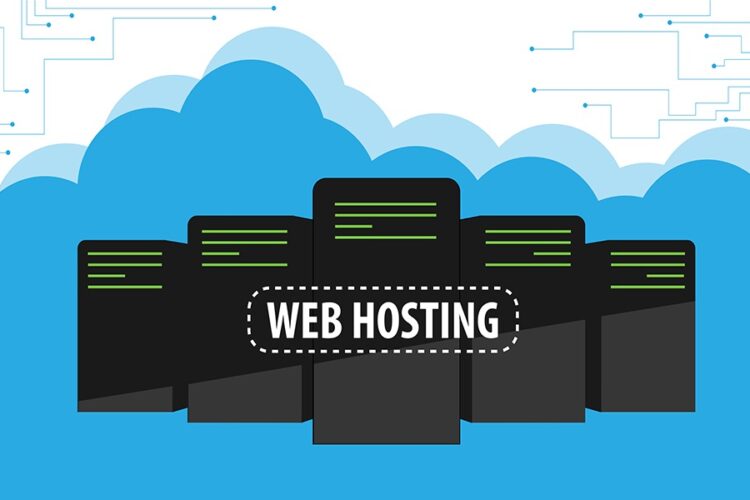Quantum machine learning (QML) represents the intersection of quantum computing and machine learning, promising breakthroughs in processing power and algorithmic efficiency. Implementing QML in the cloud leverages quantum computing resources without the need for expensive, on-premise cloud based quantum machine learning hardware.
1. Understand Quantum Computing Basics
Quantum computers leverage quantum bits or qubits, which can represent multiple states simultaneously due to superposition and entanglement. This capability enables quantum computers to solve complex problems more efficiently than classical computers.
2. Choose the Right Cloud Quantum Service
Several cloud providers offer quantum computing services, including IBM Quantum Experience, Microsoft Azure Quantum, and Google Quantum AI. Each platform provides access to quantum processors and development tools. Evaluate these cloud based quantum machine learning on factors like hardware capabilities, software support, and integration with existing systems.
3. Select a Quantum Programming Framework
Quantum programming frameworks such as Qiskit (IBM), Cirq (Google), and Microsoft’s Q# are essential for developing quantum algorithms. These frameworks offer libraries and tools to design, simulate, and execute quantum circuits. Choose a framework compatible with your selected cloud service.
4. Design Your Quantum Machine Learning Model
Quantum machine learning models often involve quantum-enhanced versions of classical algorithms, such as quantum support vector machines or quantum neural networks. Begin by designing a classical machine learning model and identify components that could benefit from quantum acceleration. Transform these components into quantum algorithms using your chosen programming framework.
5. Develop and Test Quantum Circuits
Using the selected framework, develop quantum circuits corresponding to your machine-learning algorithms. Simulate these circuits locally to test their functionality and performance before deploying them to the cloud. Simulations help in debugging and optimizing your quantum algorithms without incurring cloud usage costs.
6. Deploy on the Cloud
Once your quantum circuits are ready, deploy them on your chosen cloud quantum platform. Cloud services usually offer easy-to-use interfaces for uploading and running quantum circuits. Monitor the execution and collect results for further analysis.
7. Integrate with Classical Systems
Quantum computing is still in its infancy, and many practical QML applications will require classical systems to process data before and after quantum computations. Ensure your cloud-based QML solution integrates seamlessly with classical machine learning workflows and data pipelines.
8. Monitor and Iterate
Quantum algorithms can be sensitive to various factors, including noise and hardware limitations. Continuously monitor performance, analyze results, and iterate on your models to improve accuracy and efficiency. Stay updated with advancements in quantum computing to leverage new technologies and techniques.

